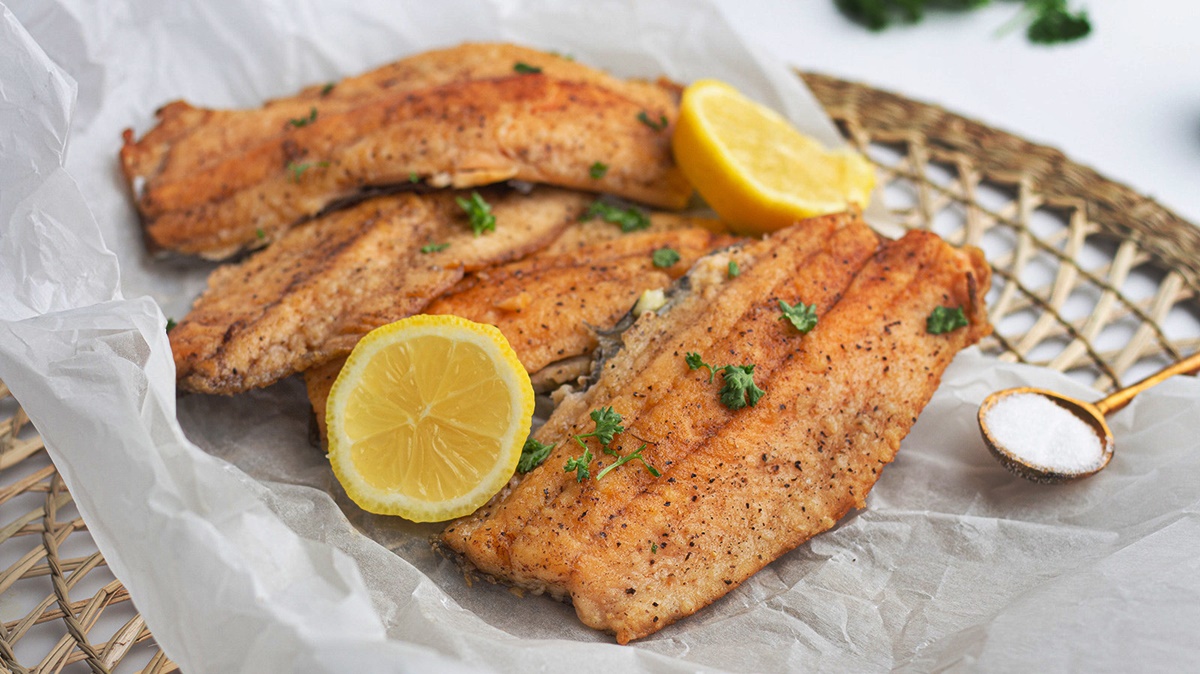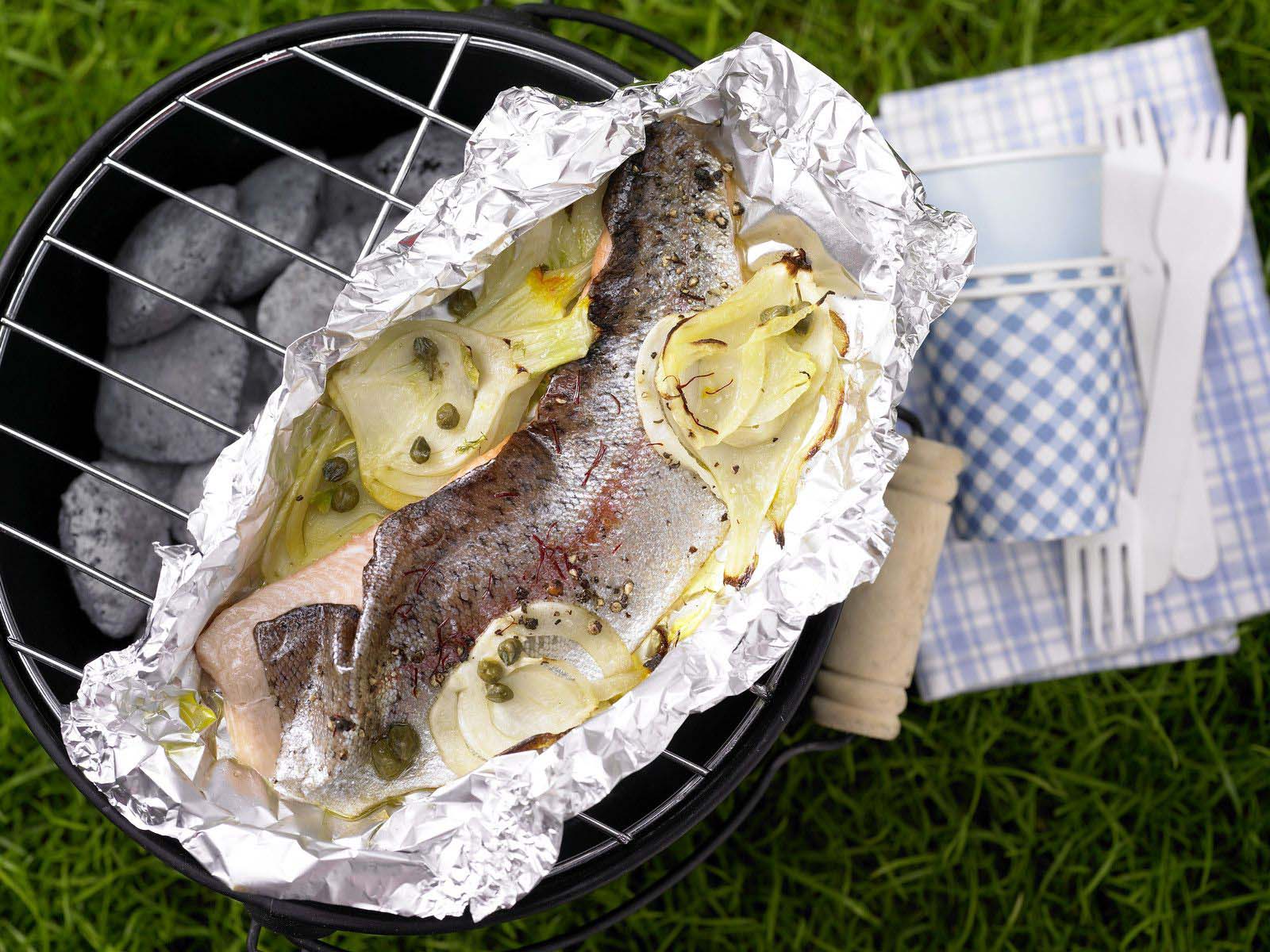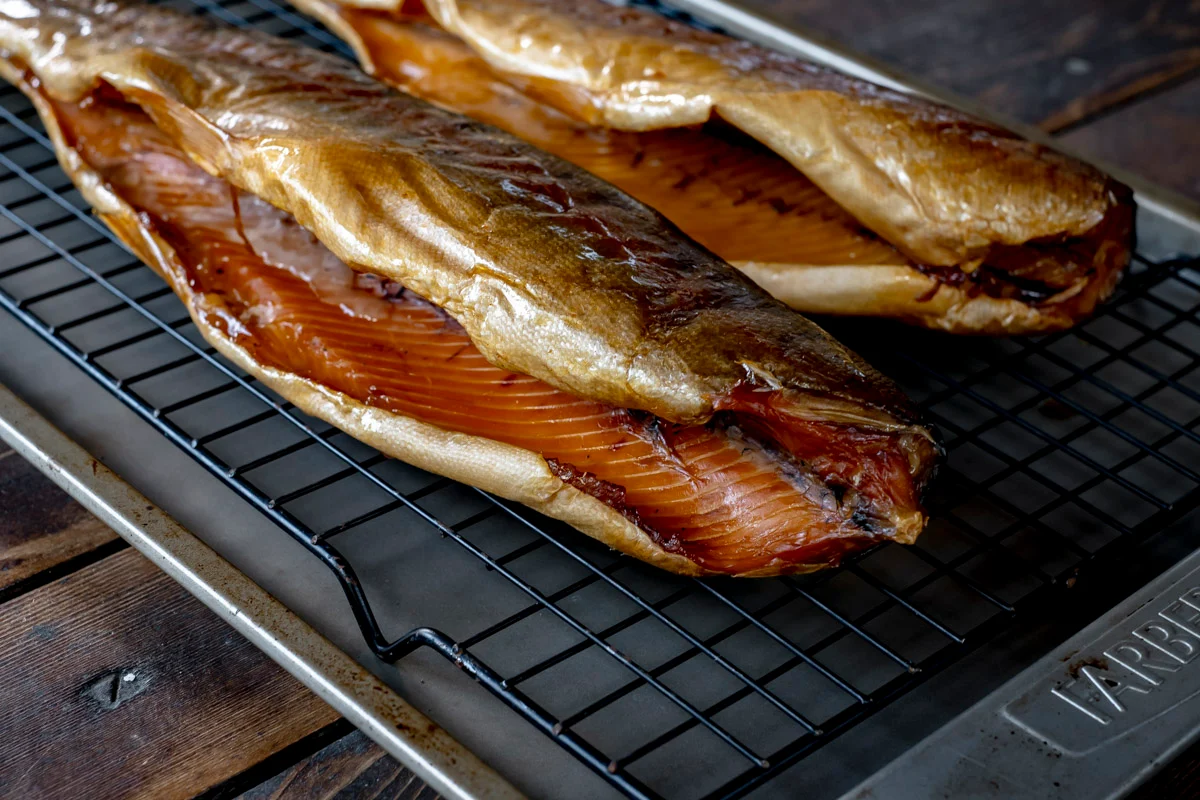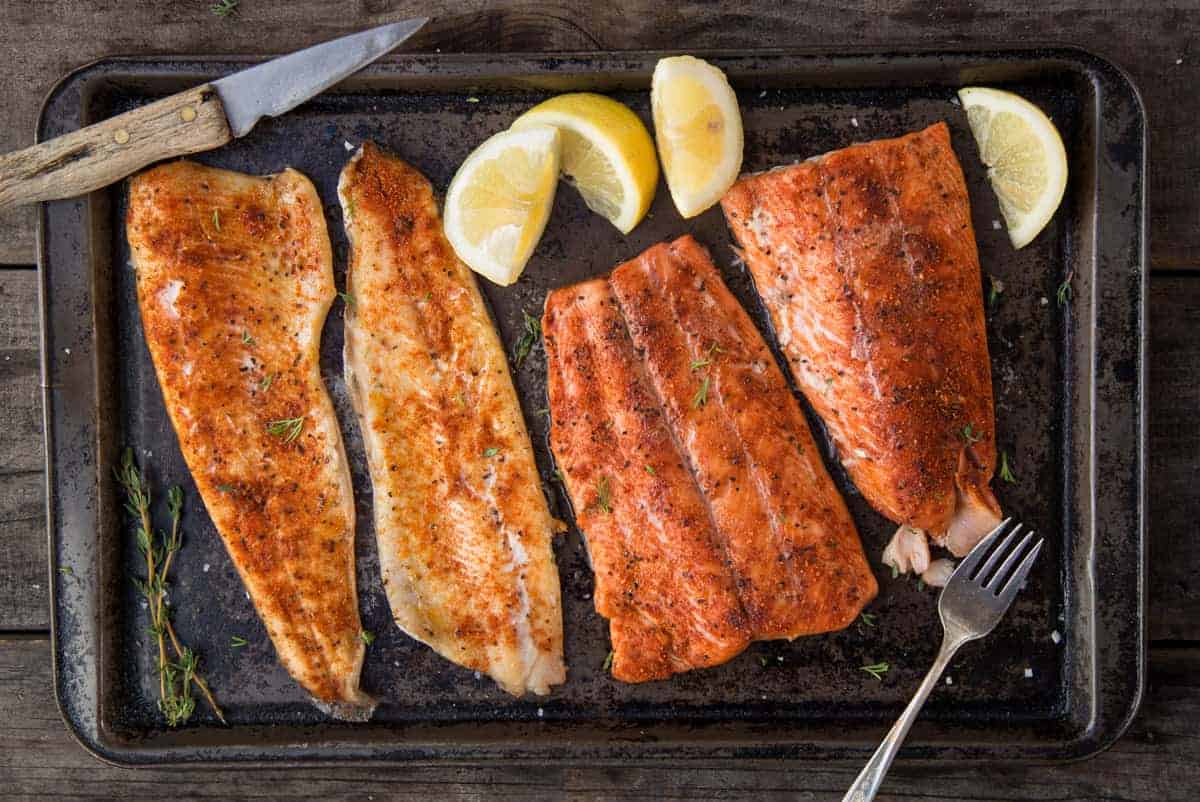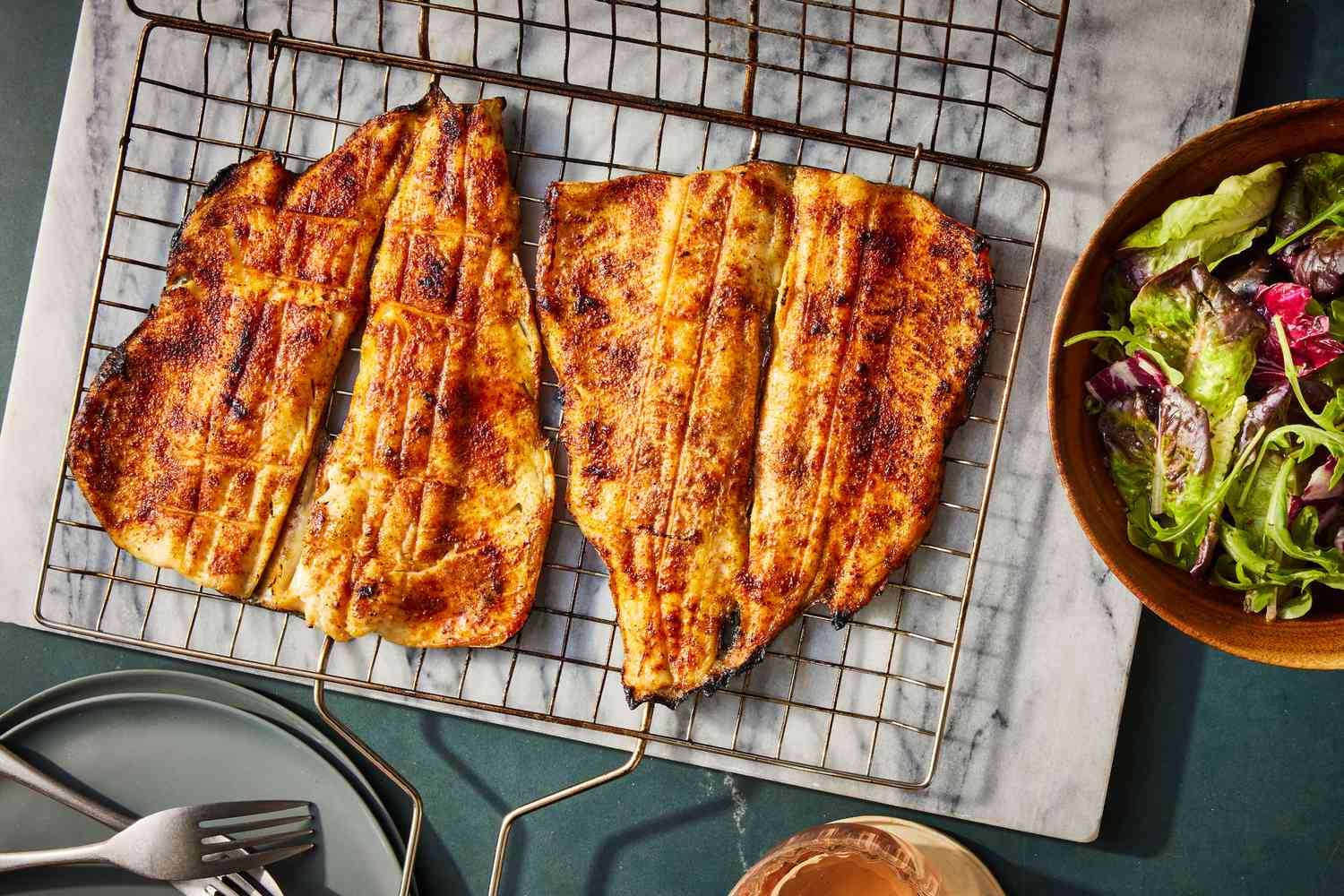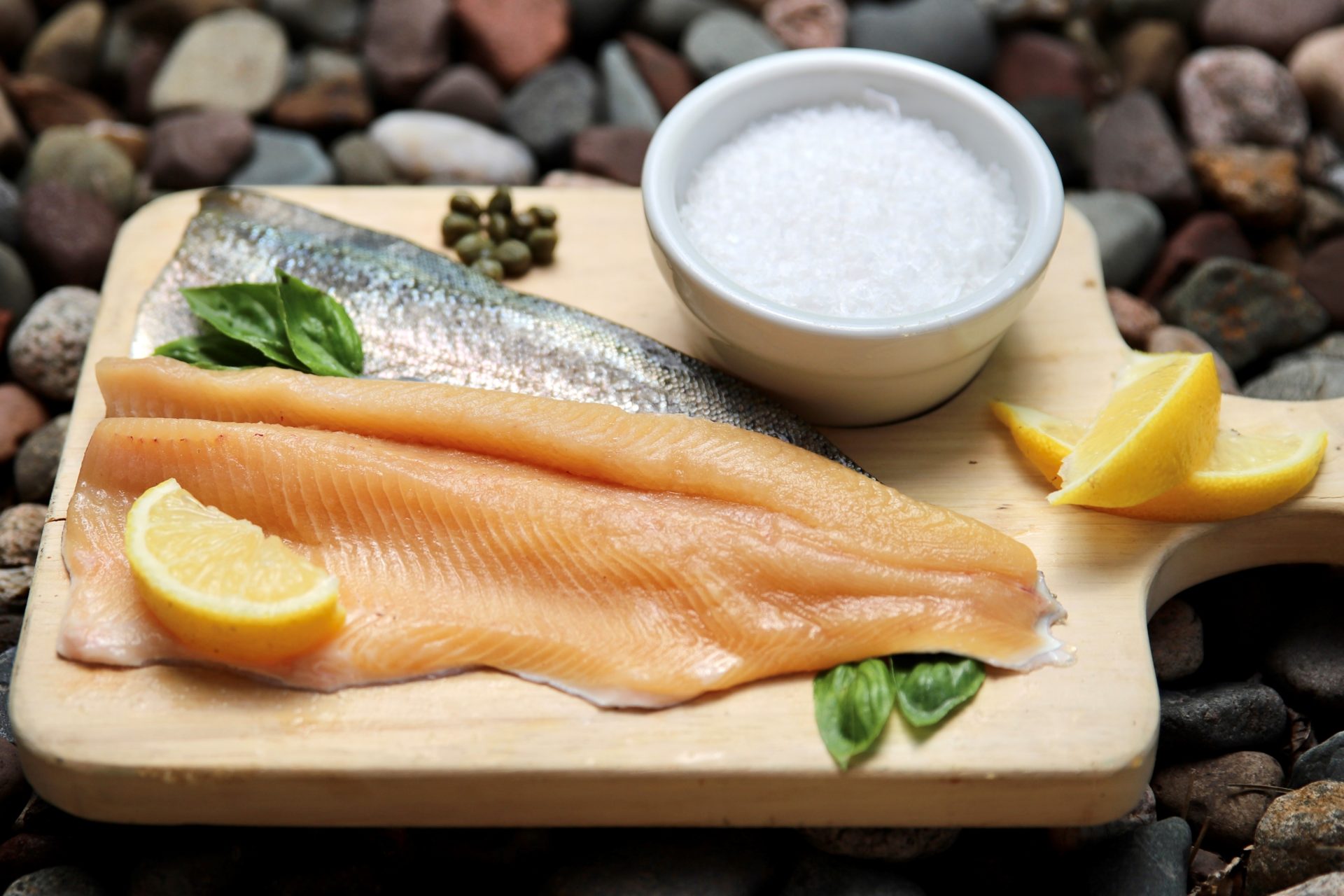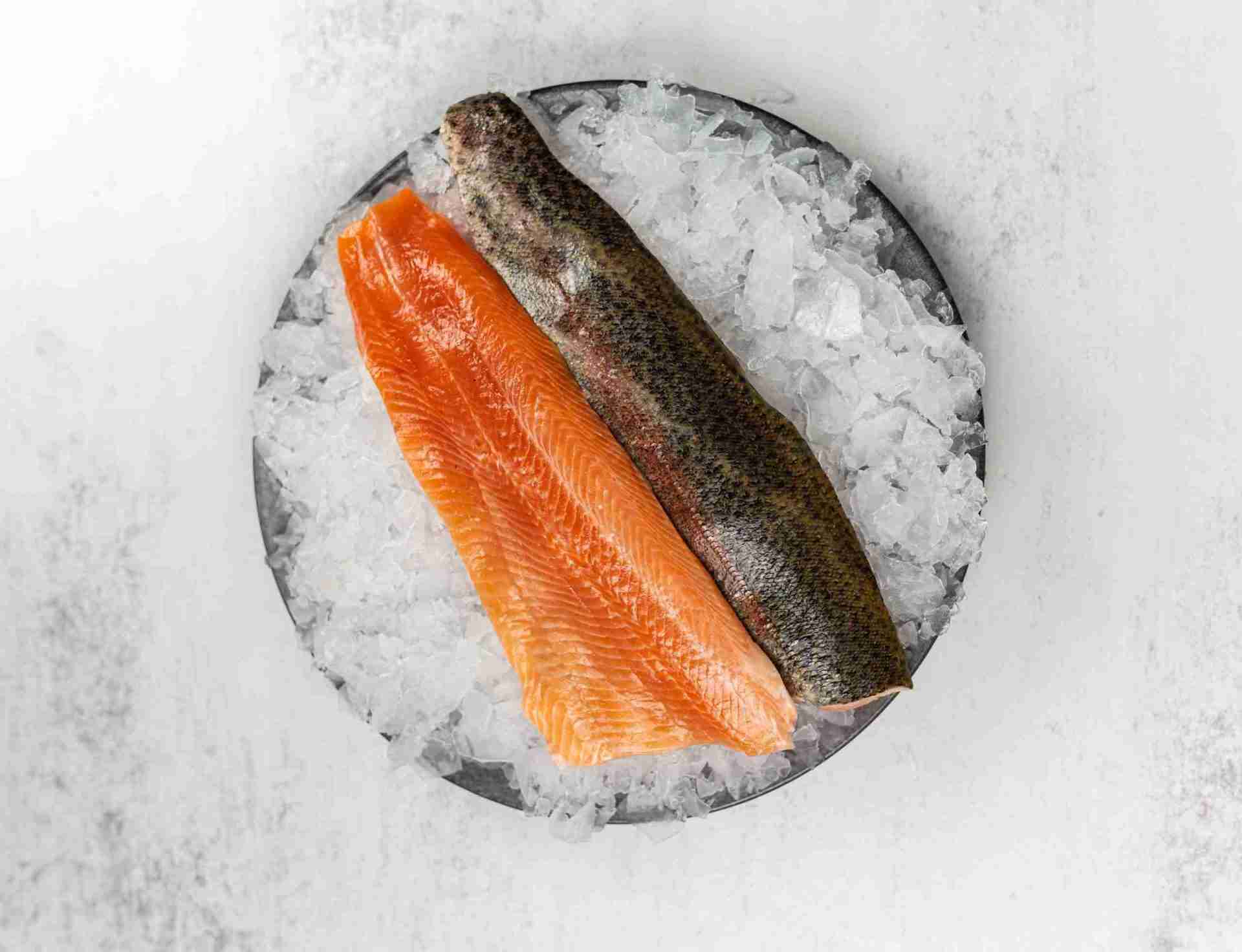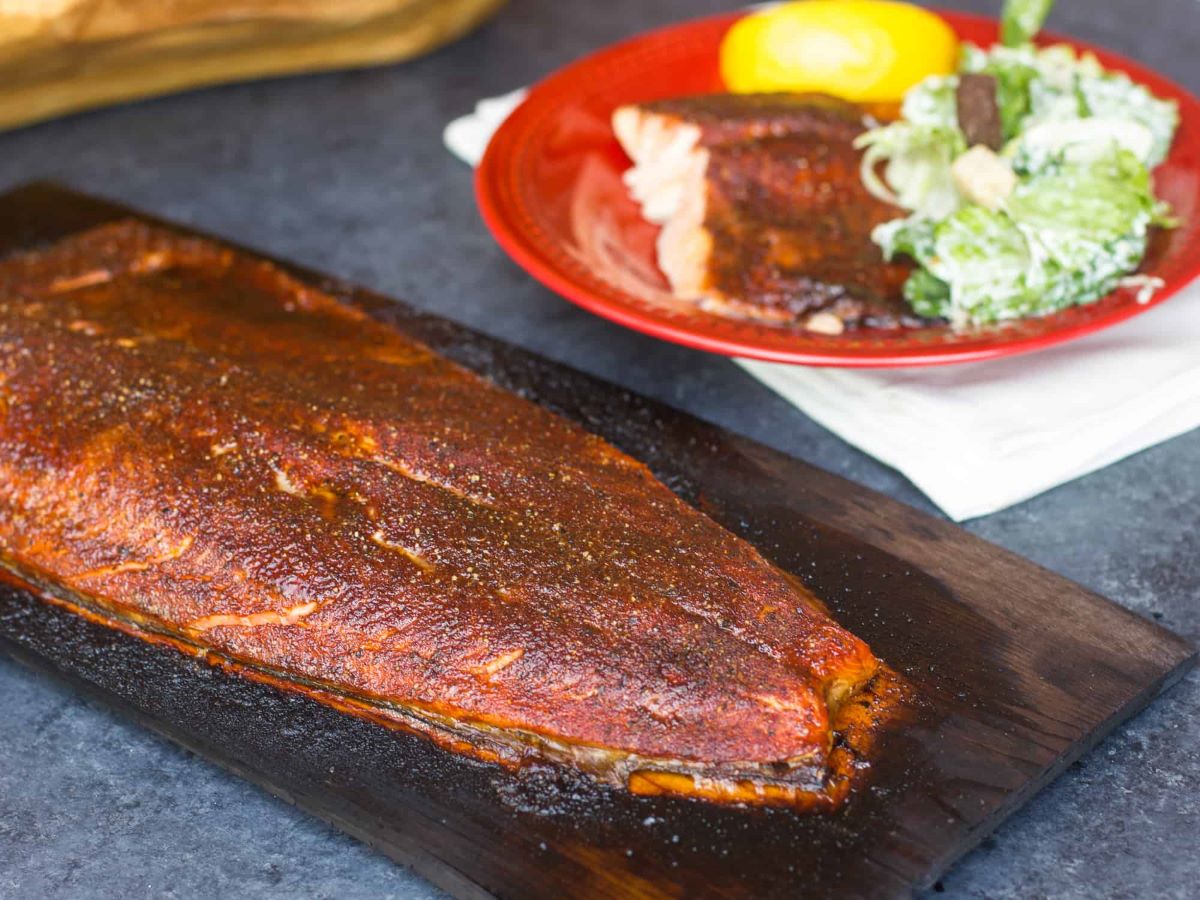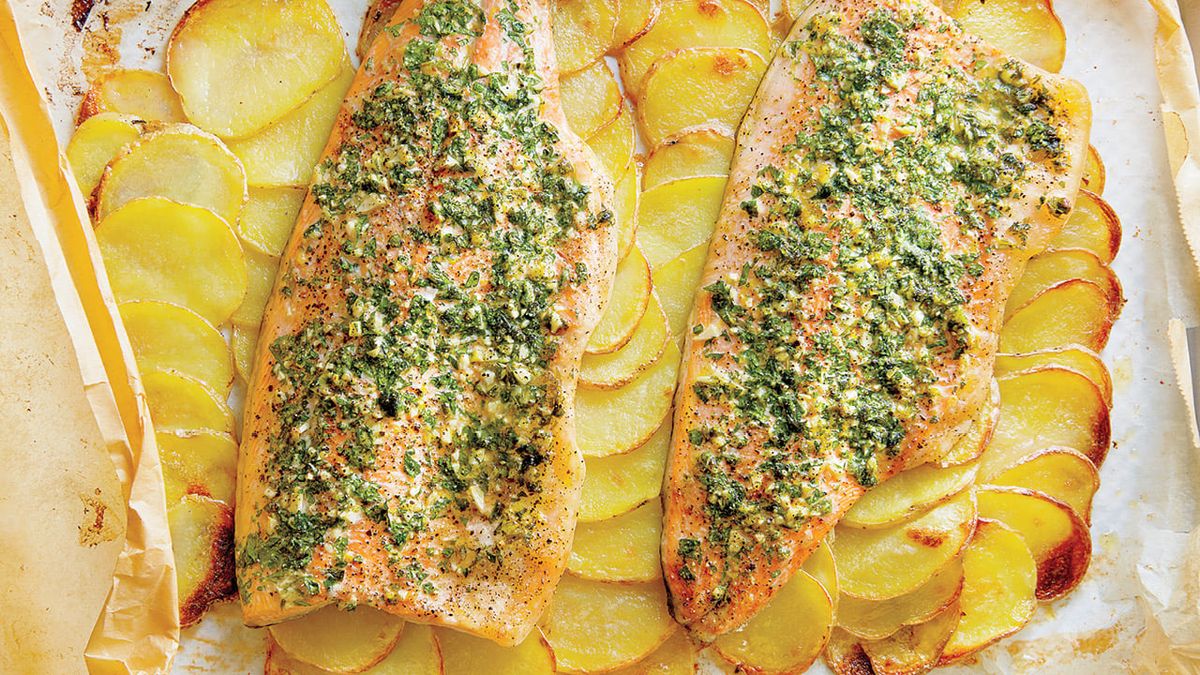Trout is a popular and delicious fish that can be found in rivers and streams all over the world. One of the most common species of trout is the brook trout, known for its beautiful colors and tasty flesh. If you're lucky enough to catch a brook trout on your next fishing trip, you'll want to make sure you know how to fillet it properly to get the most out of your catch. In this guide, we'll walk you through the steps to fillet a brook trout so you can enjoy its delicate flavor to the fullest.
What You'll Need
Before you get started, make sure you have the following tools on hand:
- Sharp Fillet Knife: A sharp knife is essential for clean and precise cuts.
- Cutting Board: Use a stable surface to work on.
- Paper Towels: Keep them nearby for cleaning up any mess.
- Trash Bag: Have a bag ready for the fish scraps.
Step 1: Prepare the Fish
- Rinse the brook trout under cold water to remove any slime and scales.
- Pat the fish dry with paper towels to make it easier to handle.
Step 2: Make the Initial Cuts
- Lay the trout on the cutting board with its belly facing up.
- Use the sharp fillet knife to make a shallow incision just behind the gills, cutting down to the backbone.
- Turn the knife and slice along the backbone toward the tail, following the natural curvature of the fish.
Step 3: Remove the Fillet
- Once you've cut along the backbone, carefully lift the fillet away from the bones, using smooth, steady strokes with the knife.
- Work your way along the entire length of the fish, separating the fillet from the ribcage.
Step 4: Trim the Fillet
- Lay the fillet skin-side down on the cutting board.
- Use the knife to trim away any remaining bones and dark flesh, creating a clean, boneless fillet.
Step 5: Repeat on the Other Side
- Flip the trout over and repeat the process on the other side to remove the second fillet.
Step 6: Dispose of the Scraps
- Place the fish scraps in a trash bag or discard them in a designated area.
Step 7: Rinse and Store
- Rinse the fillets under cold water to remove any remaining scales or debris.
- Pat the fillets dry with paper towels and store them in the refrigerator until you're ready to cook.
Filleting a brook trout may seem daunting at first, but with a little practice, you'll soon become a pro. By following these steps, you can make the most of your brook trout catch and enjoy its delicate flavor in a variety of delicious recipes. So, the next time you reel in a beautiful brook trout, don't be intimidated—grab your fillet knife and get ready to enjoy the fruits of your labor!
